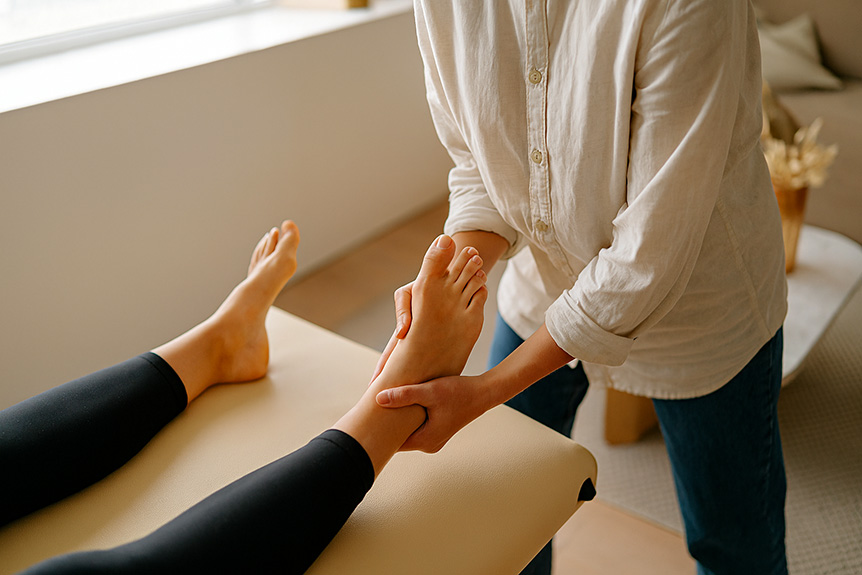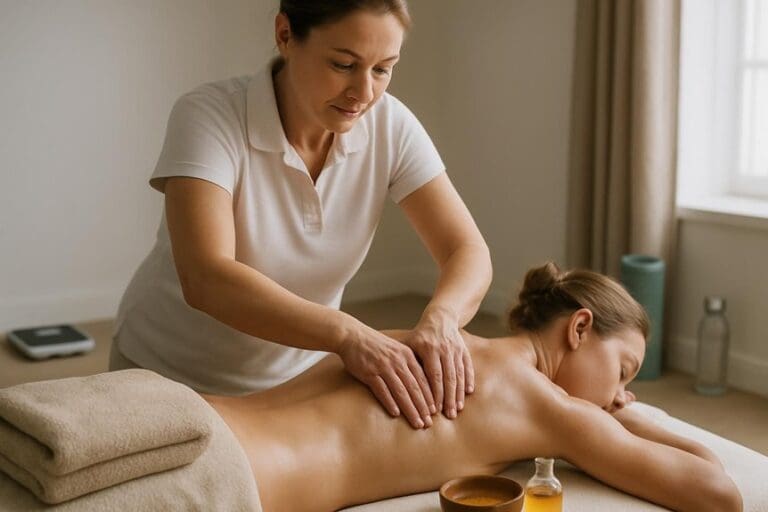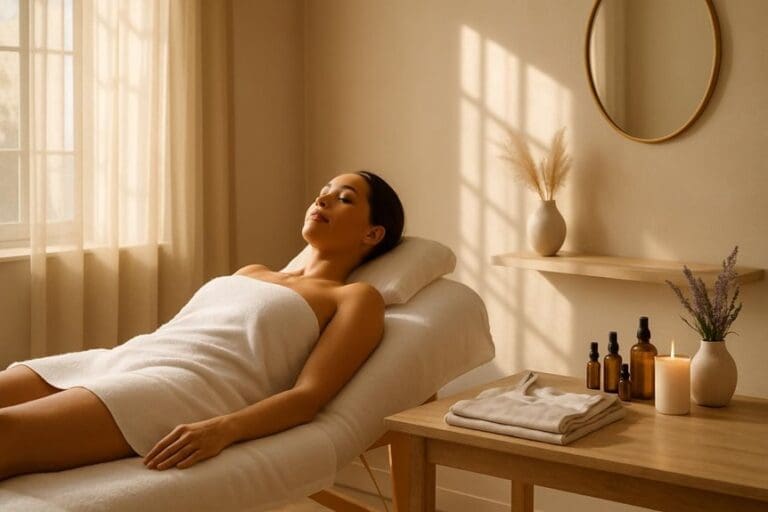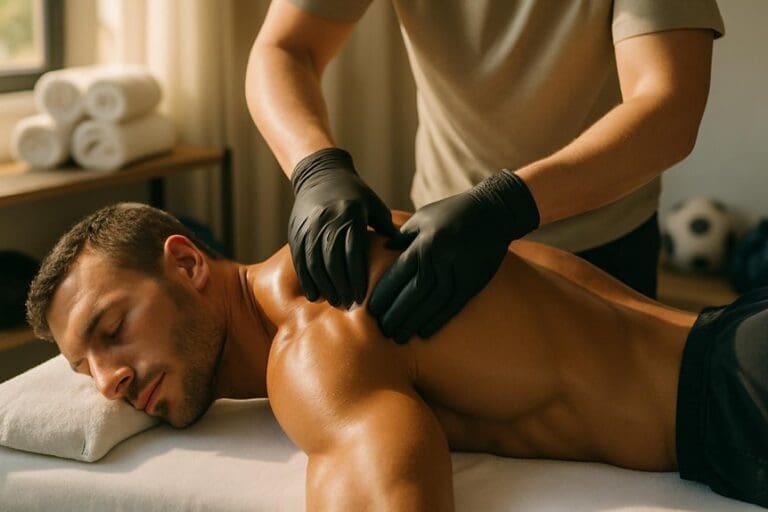This therapy applies systematic pressure to specific reflex zones on the feet, hands, or ears to influence neural, circulatory, and energetic pathways linked to corresponding organ systems. Clinical evidence indicates potential benefits for stress modulation, relaxation, and physiological balance, though outcomes may vary per individual. Sessions emphasize precision techniques, client-centered care, and holistic integration. While some clients report enhanced wellbeing and symptom relief, understanding the mechanisms, applications, and best practices of this therapy can further illuminate its therapeutic value.
Understanding Reflexology: What It Is and How It’s Practised

How does the body’s intricate network respond to targeted touch? This massage, as practised at Spa & Massage clinics, applies methodical pressure to specific reflex points—primarily on the feet, hands, or ears.
Each point is believed to correspond with distinct organs or systems, forming a holistic microcosm of the body. Through skilled manipulation, therapists aim to optimise nerve conduction, encourage lymphatic circulation, and promote energetic balance.
This gentle, attentive contact is thought to stimulate the parasympathetic nervous system, fostering profound relaxation and a heightened sense of internal connection. Clients often describe this massage as both grounding and deeply nurturing.
The technique seeks not only to address physical discomfort but to recalibrate the body’s subtle energies, supporting overall wellbeing in a uniquely intimate therapeutic setting. Many believe that the healing power of zone therapy can bring about improved relaxation and wellness as described on this page.
The Science Behind Reflexology: What Research Shows
While foot reflex therapy has long been integrated into holistic wellness practices, its physiological mechanisms and clinical efficacy have been the subject of increasing scientific inquiry. Current research suggests that this massage technique may influence the autonomic nervous system, modulating stress responses and promoting relaxation through targeted stimulation of pressure points, particularly on the feet.
Functional imaging studies indicate possible neural correlations between zones and specific brain regions, though direct causal pathways remain under exploration. Systematic reviews have reported mixed results regarding its impact on pain perception, anxiety reduction, and overall wellbeing, highlighting the need for more rigorous, large-scale trials.
At Spa & Massage, therapists remain attentive to these developments, integrating evidence-based protocols while honouring the tradition and therapeutic intent that guide each massage session within their clinics.
Common Benefits Reported by Clients
Clients frequently report notable outcomes such as enhanced stress reduction and a heightened sense of relaxation, aligning with holistic wellness principles.
Additional observed benefits include improved peripheral circulation and a greater sense of physiological balance. These responses align with the therapeutic aims emphasised by Spa & Massage’s practitioners of this therapy.
Stress Relief and Relaxation
A surge of calm is frequently observed among individuals following targeted sessions, attributed to the therapy’s influence on the autonomic nervous system and stimulation of endorphin release. Practitioners at Spa & Massage report that clients often experience a measurable reduction in psychophysiological tension and heightened states of relaxation.
By systematically applying pressure to specific reflex zones, the body’s stress response appears to diminish, fostering a profound sense of tranquility. The holistic approach nurtured within Spa & Massage clinics integrates soothing touch, ambient environments, and tailored techniques to support emotional equilibrium and mental clarity.
Clients seeking intimacy and respite from daily pressures frequently note that this massage provides a restorative sanctuary, encouraging deep relaxation and holistic well-being beyond the session itself, therefore supporting ongoing emotional resilience.
Improved Circulation and Balance
Beyond its profound impact on stress modulation, targeted techniques are frequently associated with enhancements in peripheral circulation and somatic balance.
Through the skilled application of pressure to specific reflex points, practitioners aim to stimulate microvascular flow, thereby supporting ideal nutrient delivery and metabolic waste removal in distal tissues.
Clients often report a gentle warmth and tingling through the extremities, suggestive of improved blood flow.
From a holistic standpoint, this circulatory shift may foster greater bodily awareness and equilibrium, both physically and energetically.
At Spa & Massage, therapists incorporate targeted techniques into personalised wellness protocols, acknowledging the vital connection between circulation, postural stability, and overall vitality.
The result is a nuanced therapeutic experience, tailored to support not only physical rejuvenation but also a deeper sense of grounded balance.
How Zone Therapy Sessions Are Conducted at Spa & Massage
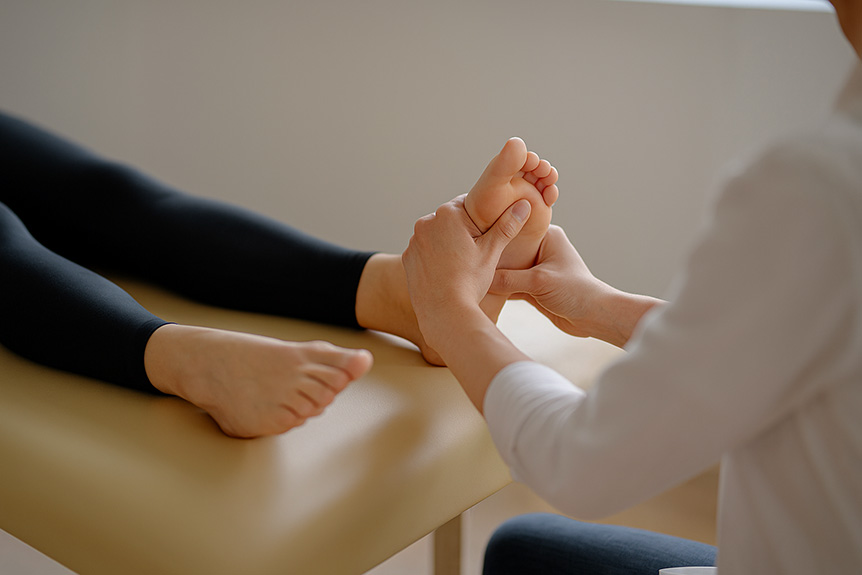
Each session at Spa & Massage follows a structured, client-centered protocol designed to optimise therapeutic outcomes. The process begins with a brief consultation, allowing the therapist to assess individual health concerns and wellness goals.
Clients are comfortably positioned in a serene environment, fostering deep relaxation. Using precise thumb and finger techniques, the therapist applies targeted pressure to reflex zones on the feet, hands, or ears, corresponding to specific organs and body systems. This method facilitates energetic balance and aims to stimulate the body’s natural healing mechanisms.
Throughout the session, therapist-client communication ensures pressure and techniques are adjusted to individual preference and sensitivity. The holistic focus at Spa & Massage integrates skilled touch with attentive care, supporting a sense of intimacy, restoration, and overall well-being.
Who Can Benefit Most From This Treatments
Following the structured approach to this therapy at Spa & Massage, particular populations may derive pronounced benefits from this modality. Individuals experiencing elevated stress levels, chronic fatigue, or tension-related discomfort often respond favorably to zone therapy interventions.
Those managing musculoskeletal discomfort, headaches, or sleep disturbances may also experience therapeutic relief as neural pathways and circulation are stimulated through precise manual techniques. Zone therapy holistic focus supports clients seeking to enhance systemic balance and promote relaxation without pharmacological intervention.
Pregnant individuals, under professional guidance, may find gentle therapy beneficial for mitigating pregnancy-related symptoms.
At Spa & Massage, clients—ranging from busy professionals to those navigating life changes—choose this therapy for its integrative benefits, personalisation, and capacity to foster deep relaxation within a trusted, restorative environment.
Expert Tips for Enhancing Your Experience
Optimal outcomes from this therapy are achieved through a combination of skilled application and client engagement in supportive self-care practices.
At Spa & Massage, therapists recommend arriving well-hydrated and allowing a brief pre-session period to facilitate mental and physical relaxation.
During treatment, conscious diaphragmatic breathing enhances parasympathetic activation, optimizing the therapeutic effects.
Clients are encouraged to communicate preferences regarding pressure or sensitivity, as individualized adjustments support maximum comfort and efficacy.
Post-session, gentle hydration and minimal physical exertion allow integration of neuromuscular responses stimulated by this therapy.
Consistent scheduling—such as weekly or bi-weekly appointments—can deepen cumulative benefits.
Finally, incorporating holistic lifestyle habits, including adequate sleep and balanced nutrition, supports sustained wellbeing.
These integrative strategies, grounded in Spa & Massage’s expertise, elevate the massage experience for enduring therapeutic value.
Conclusion
In essence, while zone therapy’s mechanisms may not be fully elucidated by conventional science, the therapeutic potential for stress reduction and holistic wellbeing remains significant. As the adage goes, “the proof of the pudding is in the eating”—many clients report enhanced relaxation and vitality following sessions. For those integrating massage into their wellness routines, it offers a complementary approach aligned with holistic health principles, supporting the body’s intrinsic capacity for balance and restoration within a professional therapeutic setting.
